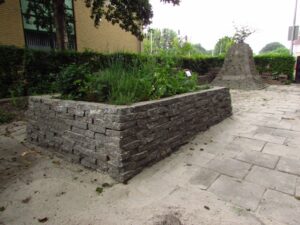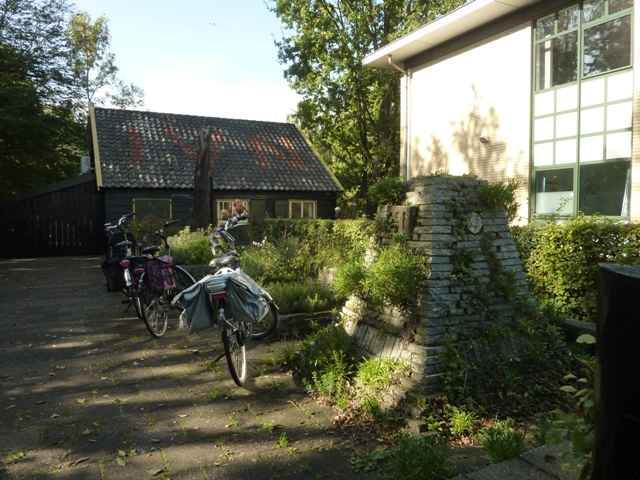
Contents:
What is a Heemtuin?
History of the Heemtuin in the Netherlands
Willows and other features in Heemtuin Nieuwkoop
The plants and habitats re-created at Heemtuin Nieuwkoop
How to create a Heemtuin or Wildlife Garden
Growing and collecting herbs around Nieuwkoop in the last Century:
From an original article by Jan Vork from ‘Heemtuin Nieuwkoop’ (much edited and translated by Y. van der Meer)

What is a Heemtuin?
A ‘Heem-tuin’ (pronounce as Haime-town) or ‘Heem-park’ is an artificially created large garden or park to show off the native, local flora as well as its fauna.
As far as I know it is a Dutch concept.
It was introduced by by Jac. P. Thijsse (1865-1945).
He thought of the idea to create an educative park which does not just recreate a garden with individual native plants, but shows entire communities or vegetative zones such as meadows, heathland, woodland, etc.
I have been visiting Heemtuin Nieuwkoop in the Netherlands for the last 10 years or so, whenever here on a family visit. You can watch this lovely video on YouTube to see the garden in bird eye view.
History of the Heemtuin in the Netherlands
Apparently there are about 130 of these type gardens in the Netherlands and 7 in Belgium; some are listed with their localities on the Dutch Webpage here
I will translate some of the information below as the translation is not accurate, but rather about Wildlife Gardens.
The first Heemtuin was created by Thijsse when he received a piece of land for his 60th Birthday in 1925. He established the first and oldest Heemtuin in Western Europe with Leonard Springer, with several common plant-communities from his local area called Kennemerland.
Some history from the 1960’s onwards:
In these years, many schools as well as towns in the Netherlands and in Belgium created educative gardens with herbs and native plants, as the most important part and called those ‘Heemtuin’. At that time, there was an increase in use of chemicals and artificial fertilisers used in agriculture as well as horticultural industries, diminishing the native plants as well as the native fauna.
In the original concept, Thijsse was also concerned about education on all the fauna in relationship with the vegetation types.
After the 1980’s the Heemtuin became an important native habitat for plants as well as their native animals.
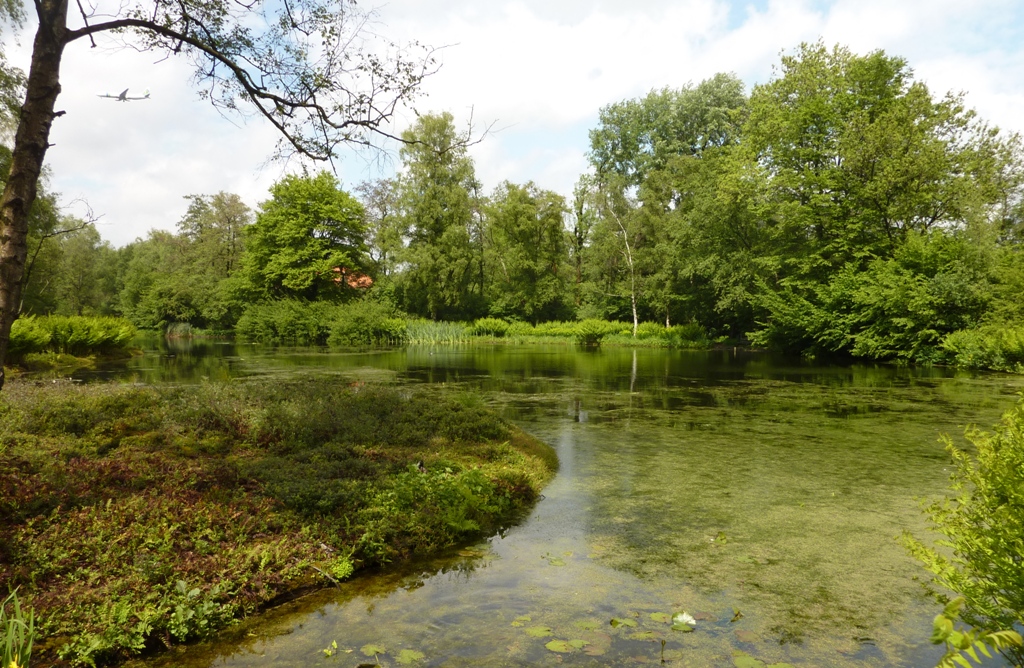
Many of the original type Heemtuin have now gone and can only be seen in Thijsse’s Hof in Bloemendaal , Veermanshof at Wijhe, Thijssepark in Amstelveen and Heemtuin Rucphen.
Willows and other features in Heemtuin Nieuwkoop
But each Heemtuin, in the present day, has got their own character, recreating vegetative habitats of the area as well as mini, traditional cultural landscapes growing, for example, cultivars of willow such as at the Heemtuin in Nieuwkoop, which have been used in many ways by people in the past.
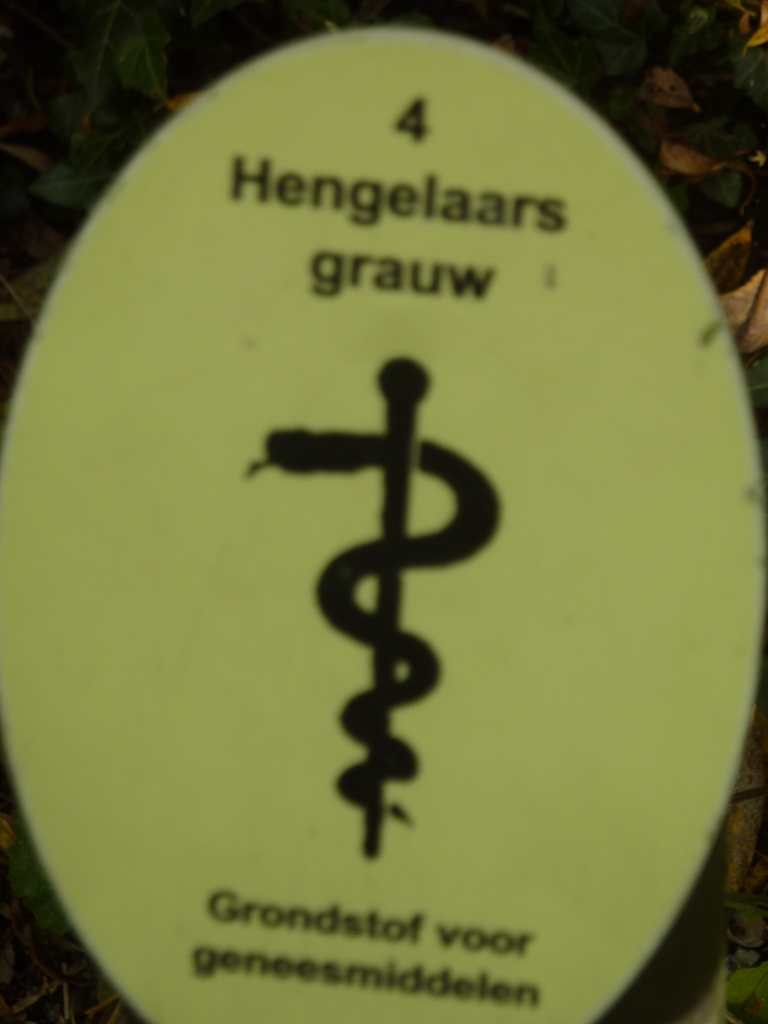
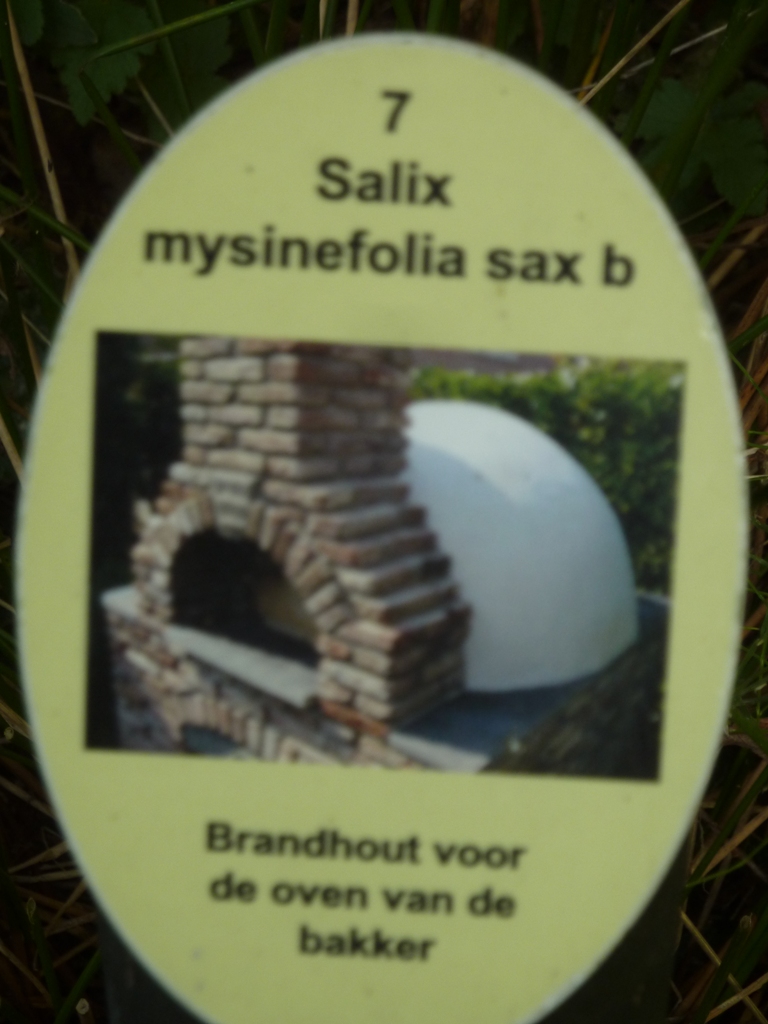

Their excellent willow collection has very useful information posts by each plant giving reasons why that particular variety was so useful. Apparently the information was originally obtained from the Visitor Centre and National Nature Reserve called the Biesbosch.
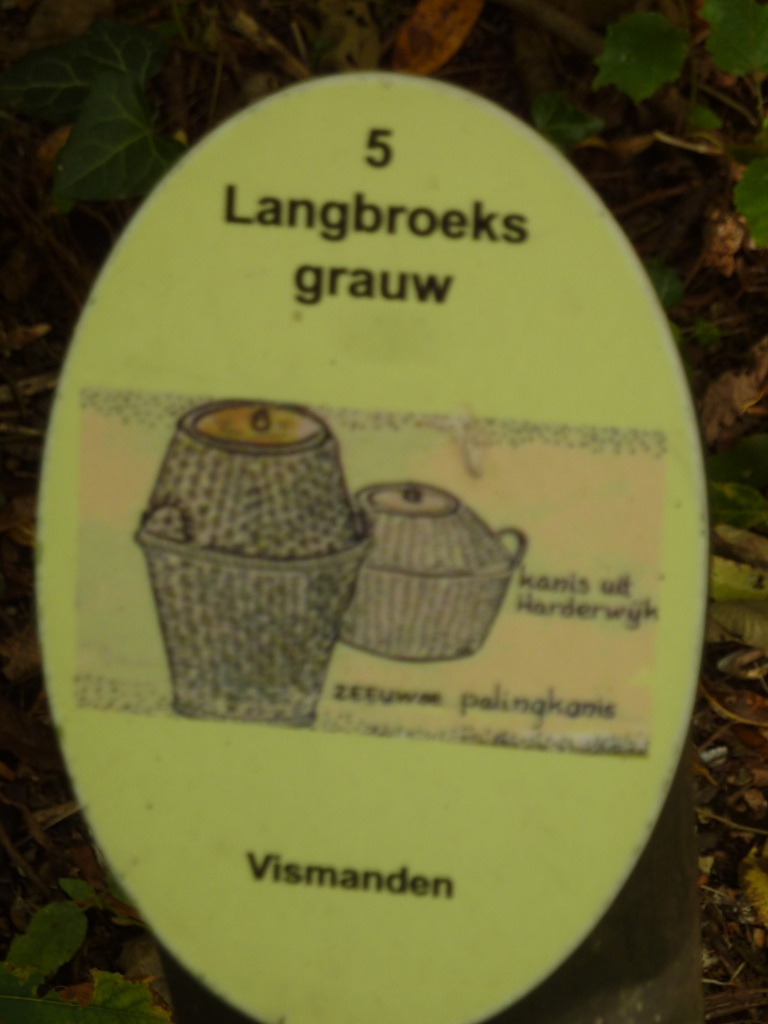
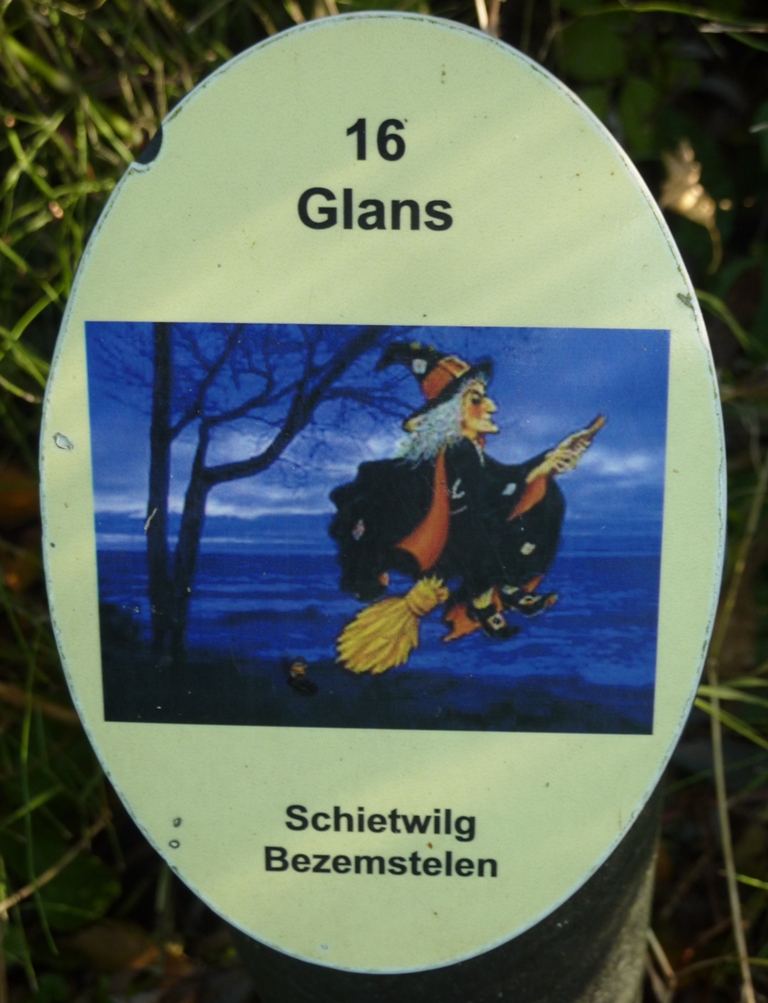
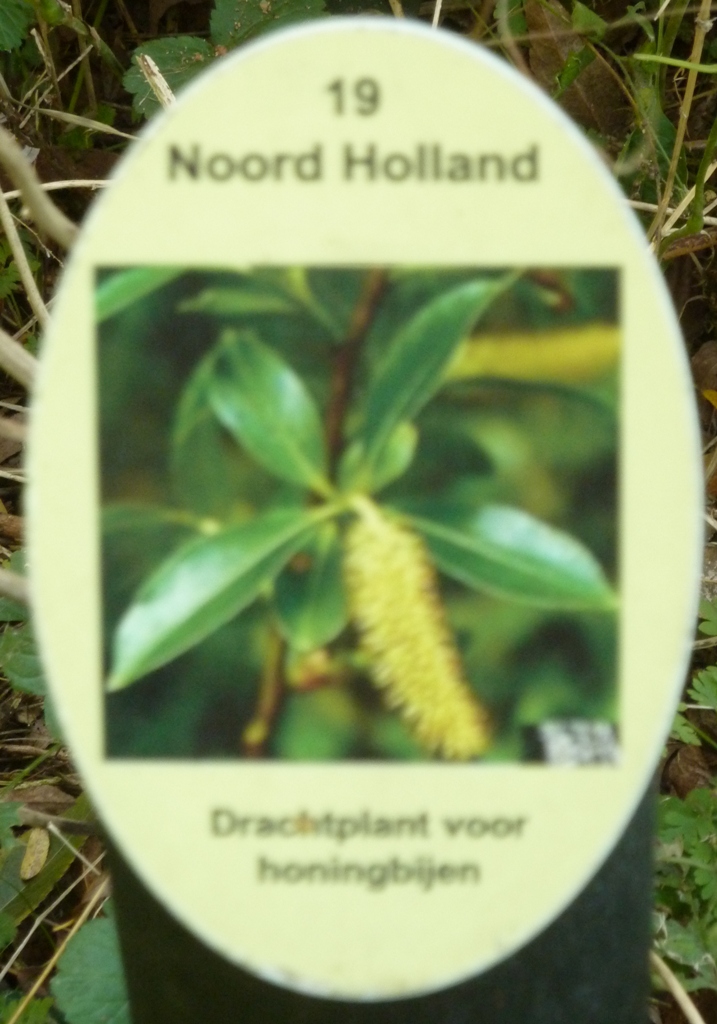
Heemtuin Niewkoop has been designed by Jick Brandes and established since 1982 on a former tennis court of 3500m2. It has a mixed wooded shelter belt with traditional early flowering ‘Stinzenflora’ (= plants introduced hundreds of years ago to the landscaped parks and gardens of Dutch Manor Houses (a Stinze is the Friesian word for stone building).
As well as the willow collection some more special features to be found here are:
- a large meadow, home to thousands of orchids in early June,
- a herb garden,
- a small agricultural field with traditional crops and their typical flowers,
- an infertile bog area with large shrubs of Myrica gale or Bog myrtle and also
- a mini sand dike, home to many annual flowers.

I was informed by the Chairman of the Gardens, that the large Wijngaardslak (Vineyard or Burgandy Snail) was introduced to the site, after a visit to a Heemtuin in Limburg!
It was extended to about 1 ha since 1999. The new part has a traditional orchard, coppice, small lake, a helofyten or biological filter with reeds and other wetland plants and a small raised path (with soil from the lake) planted with native trees & shrubs. In 2009 it was further enriched with a beehive shed adjacent to the lake and orchard. Through a glass panel the visitors can watch the bees’ activities. The garden is maintained by volunteers actively involved in several working groups and the garden is very important for local school children who all come to visit throughout the year.
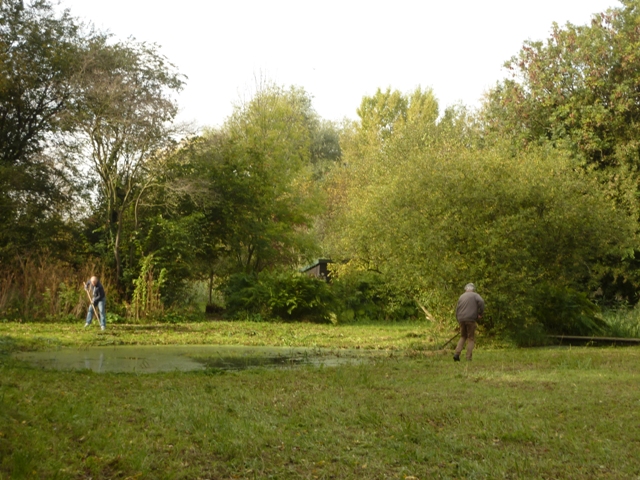

I spoke with several of the volunteers to see the mature native willow species and cultivars used for various reasons. I also love the various landscape elements such as the recycled pavement slabs structures at the entrance, the raised bed, the insect hotel and the small ‘Vrouwenakker’ (or Ladies-field) with traditional crops, herbs and their uses!
A small Box hedge has been affected this year by the Box caterpillar which has really gone wild with this year’s extreme long, hot summer. One volunteer was pruning back the Salix myrsinitis (Bay Leaf Willow) and placing the branches on a so called ‘Dead Hedge’. This then functions as a barrier for dogs into the gardens as well as a useful insect and wildlife habitat.
The small building on the premises has been built with the measurements of a real stable nearby and the walls are all made with a wattle and daub method. A modern twist is that several central heated pipes run through the walls. There is also a modern hot air pump which hopes to eliminate dependency on fossil fuels.
See for more here: It is in Dutch but there are some nice pictures too!
How to create a Heemtuin or Wildlife Garden:
Some useful hints in creating a heemgarden:
For a genuine local Heemtuin or ethnobotanical garden first of all:
Find out the dominating natural landscapes of the area and the typical plants associated with these habitats. Find out the present or past uses of those plants!
In a more general sense:
- Creating natural shelter belts by planting trees and shrubs with berries such as Hawthorn and Buckthorn or Willow-panels.
- Creating ditches and lakes for surplus water as well as creating water rich habitats for typical vegetation.
- Creating raised areas for different types of habitats.
- To stop erosion through natural screens of for example, willow and grasses.
- Creating different soil types and conditions.
- To control invasive or damaging vegetation.
- Creating habitats for all sorts of animals.
- Use insects or farm animals to enrich habitats
- Control of damaging animals (rabbits, Muskrats and stray cats!).
- Use of natural and cultural pests and disease methods.
- Sowing and planting of native flowers.
- Growing food plants (seeds and berries) to attract wildlife in particular birds.
Growing and collecting herbs around Nieuwkoop in the last Century:
From an article by Jan Vork from ‘Heemtuin Nieuwkoop’ (edited and translated by Yoke van der Meer)
- Each plant has its own place and habitat in nature!
- For a long time those plants could only thrive in those places.
But new introductions, called archaeophytes and neophytes came when people started to trade and travel!
Monks and the Romans were responsible for many new introductions. Romans took plants from their native Italy and left them in their conquered lands on purpose so they could utilize them for food or medicine.
The monks were responsible for growing many new herbs in their monasteries. They also shared them with other monasteries and were not just used as a food or condiment but also medicinally. The monasteries became also important centres for health for the poor and infirm.
- Karel de Grote (Charles the Great (reign 768-814 AD) made certain herbs compulsory to be grown in the monasteries.
- The rich owners of Castles copied the monastery herb gardens on their own estates.
- Herbals also appeared with information about the various herbs and their usage.
- The common men couldn’t afford a herbal garden but was happy with just a vegetable patch and perhaps some culinary herbs like celery, parsley, mustard seed and caraway which were also grown. The poor also baked their own rye bread. Lard was often used as a spread.
- The rich would make wheat and white bread and had jam or pate as a spread.
- Bakers started to emerge in the Middle Ages but then only in cities.
Since the beginning of the 19th Century certain substances from the herbs could be isolated. Morphine was isolated from Papaver somniferum and Atropine from Atropa belladonna for example.
Herbal medicine also became more popular then. In the 18th & 19th Century, Noordwijk-Binnen (https://en.wikipedia.org/wiki/Noordwijk ) was the most important herbal centre in the Netherlands! Herbs were used for medicine then but at the end of the 19th Century chemical substitutes took over. Not everybody was happy tough with those and fortunately herbal medicine made a comeback. As not all herbs were easy to cultivate they were also collected from the wild.
A well-known ‘herb finder’ and herbalist was Dorus Groenendijk from Noorden (1866-1949) See: https://en.wikipedia.org/wiki/Noorden . This was a remarkable local man who knew the polder and its plants very well. It was a difficult time with poverty and class differences and Dorus was just about able to make a living with all sorts of agricultural work, fishing and finding herbs. He also collected the ‘cigars’ of the Bullrush (Typha species). Their fluffy seeds were used for filling mattresses and cushions. Young bulrushes were used as a cut flower.
Another important name in Nieuwkoop’s history was Leen van Capel (1913-1997). He started a nursery, growing herbs, during the Second World War when there was a shortage in medicinal herbs.
His dad had already been a ‘herb-finder’ and also made a living with the cutting of reeds and collecting moss. His son, Leen, not only had a nursery but also dried the various herbs.
In and around Nieuwkoop the following herbs were collected:
| English plant name: | Dutch plant name: | Scientific plant name: |
| Sweet Flag | Kalmoes | Acorus calamus |
| Valerian | Valeriaan, Echte | Valerianus officinalis |
| Bogbean | Waterdrieblad | Menyanthes trifoliata |
| Watercress | Witte Waterkers | Nasturtium officinale |
| Meadowsweet | Moerasspirea | Filipendula ulmaria |
| Sundew | Ronde Zonnedauw | Drosera rotundifolia |
| Watermint | Watermunt | Mentha aquatica |
| Bittersweet | Bitterzoet of Kwalsterhout | Solanum dulcamara |
| Devil’s-bit Scabious | Blauwe Knoop | Succisa pratensis |
| Tormentil | Tormentil | Potentilla erecta |
- After the Second World War ended, there were 15 growers and traders in herbs in the Netherlands.
- Herbs were not only collected around Nieuwkoop but also in other areas if they couldn’t be found locally.
- The more common herbs were found and gathered along roads:
| English plant name: | Dutch plant name: | Scientific plant name: |
| Burdock | Klis | Arctium spp. |
| Ground-ivy | Hondsdraf | Glechoma hederaceae |
| Stinging Nettle | Brandnetel | Urtica dioica |
| White Deadnettle | Witte Dovenetel | Lamium album |
| Red Deadnettle | Paarse Dovenetel | Lamium purpureum |
| Broadleaf Plantain | Grote Weegbree | Plantago major |
| Ribwort Plantain | Smalle Weegbree | Plantago lanceoloata |
| Silverweed | Zilverschoon | Potentilla anserina |
| Common Knotgrass | Varkensgras | Polygonum aviculare |
| Coltsfoot | Klein Hoefblad | Tussilago furfura |
| Dandelion | Paardenbloem | Taraxacum agg. |
| Shepherd’s Purse | Herderstasje | Capsella bursa-pastoris |
| Horsetail | Heermoes | Equisetum arvense |
| Yarrow | Duizendblad | Achillea millefolium |
| Tansy | Boerenwormkruid | Tanacetum vulgare |
Two farmers in the Gelderland Valley (https://nl.wikipedia.org/wiki/Gelderse_Vallei ) in between Lunteren and Veenendaal grew Valerian and Chinese Rhubarb for Leen van Capel. Leen also had contracts with growers around Noordwijk where other perennial herbs could be grown:
| English plant name: | Dutch plant name: | Scientific plant name: |
| Common Wormwood | Absint Alsem | Artemisia absinthium |
| Belladonna | Wolfskers | Atropa bella-donna |
| Goldenrod | Guldenroede | Solidago spp. |
| Marsh Mallow | Heemst | Althaea officinalis |
| Mallow | Kaasjeskruid | Malva spp |
| Common Poppy | Klaproos | Papaver rhoeas |
| Sage | Salie | Salvia officinalis |
| Perforate St John’s-wort | Sint-janskruid | Hypericum perforatum |
| Greater Celandine | Stinkende Gouwe | Chelidonium majus |
| Foxglove | Vingerhoedskruid | Digitalis purpurea |
| Wild Pansy | Driekleurig Viooltje | Viola tricolor |
| Lady’s-mantle | Vrouwenmantel | Alchemilla mollis |
| Lemon Balm | Citroenmelisse | Melissa officinalis |
| Rhubarb | Chinese Rabarber | Rheum officinale |
| Monkshood or Wolf’s-bane | Monnikskap | Aconitum spp. |
| Dill | Dille | Anethum graveolens |
| Garden Angelica | Grote Engelwortel | Angelica archangelica |
| Pot Marigold | Goudsbloem | Calendula officinalis |
| Great Yellow Gentian | Gele Gentiaan | Gentiana lutea |
| Mint varieties | Munt soorten | Mentha spp. |
| Vervain | Ijzerhard | Verbena officinalis |
| Comfrey | Smeerwortel | Symphytum officinalis |
| Valerian | Echte Valeriaan | Valeriana officinalis |
| Speedwell varieties | Ereprijs | Veronica spp. |
| Soapwort | Zeepkruid | Saponaria officinalis |
The following were grown for culinary uses:
| English plant name: | Dutch plant name: | Scientific plant name: |
| Celery | Selderie | Apium graveolens |
| Hyssop | Hysop | Hyssopus officinalis |
| Parsley | Peterselie | Petroselinum crispum |
| Garden Thyme | Tijm | Thymus vulgaris |
| Chives | Bieslook | Allium schoenoprasum |
| Lovage | Maggiekruid | Levisticum officinale |
A very well-known herbal company that still exists today and was supplied by Leen, is ‘Jacob Hooy’, who started trading herbs and spices on Amsterdam market in 1743 https://jacob-hooy.nl/
In the 1960s more and more herbs were replaced by artificial medicine and Leen van Capel also gave up his business but continued with a business in harvesting Sphagnum moss for the culture of potplants.
Extra cash especially by schoolkids could be made by the harvesting of Valerian roots. This was tough work however and done with a basic home-made tool which wasn’t very strong and long lasting. If some income had been made then a better tool was affordable and made by the local smith!
Sweet flag (Kalmoes or Acorus calamus) was easier to harvest, but a kilo of Sundew (Drosera rotundifolia) took a long time but was worth 200 Dutch guldens per kilo! It was used as a medicine for the airways.
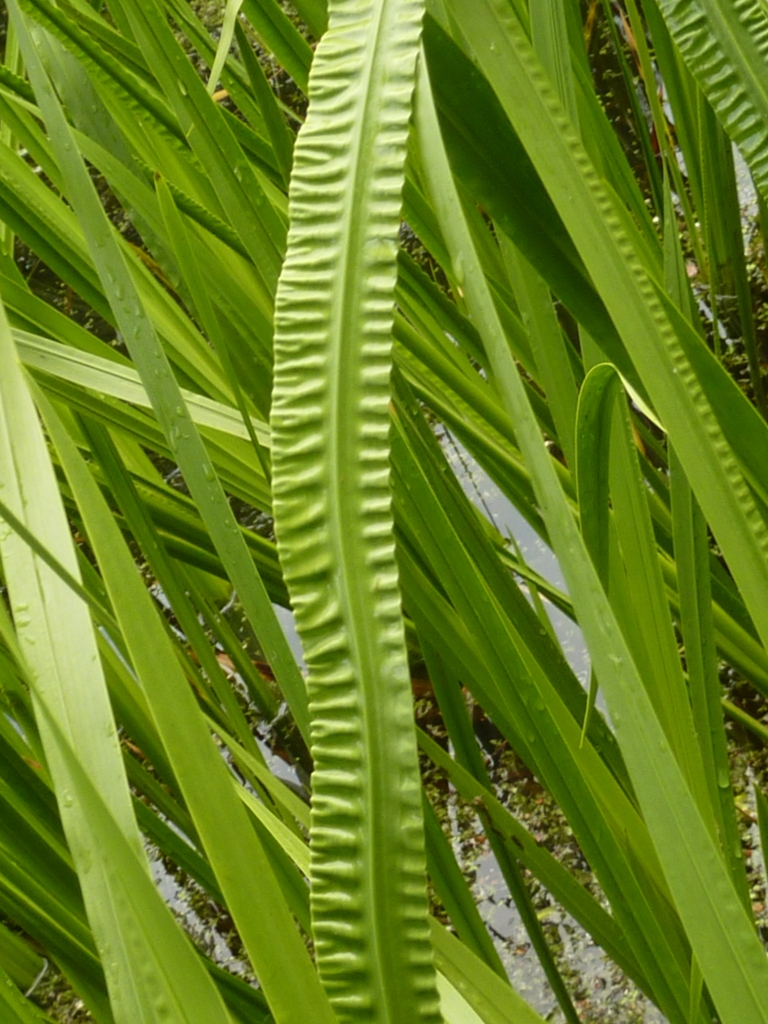
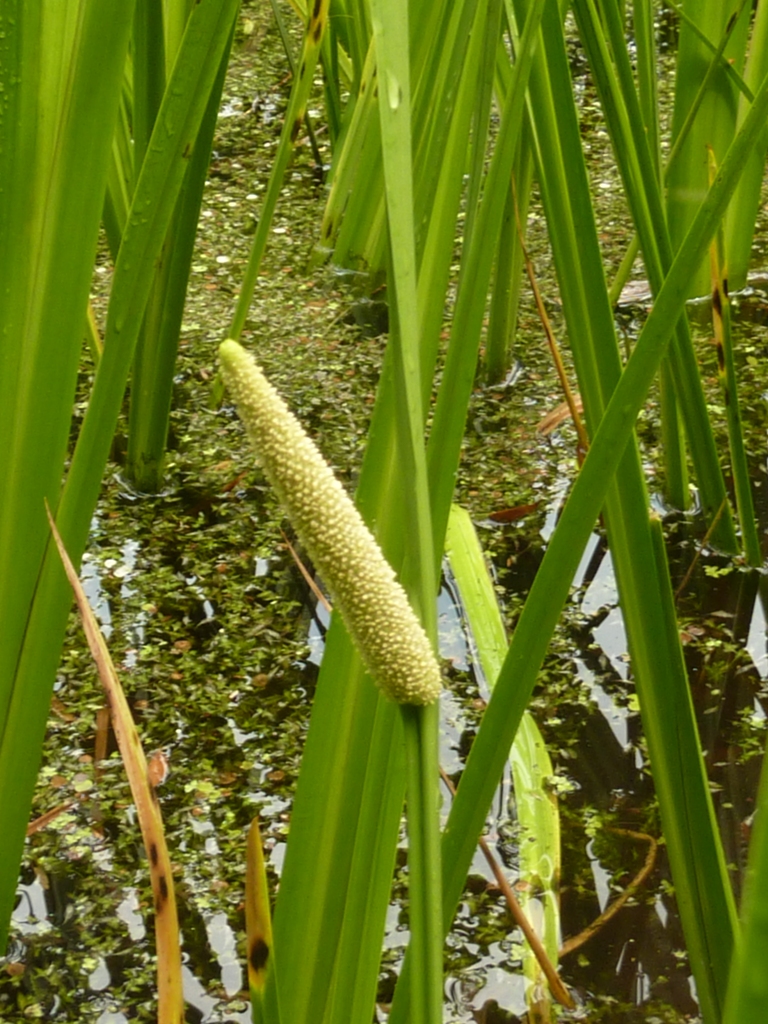
‘Kalmoes’ was not native but introduced around 1600. It was planted and got established in wet areas. The rootstock was used for its fragrance and ingested and was an important ingredient (‘sukade’) for the ‘Deventerkoek’. (https://nl.wikipedia.org/wiki/Deventer_koek )
Below all the different uses according to Wikipedia:
Acorus calamus has been an item of trade in many cultures for centuries. It has been used medicinally for a wide variety of ailments, such as gastrointestinal diseases and treating pain, and its aroma makes calamus essential oil valued in the perfume industry. The essence from the rhizome is used as a flavour for foods, alcoholic beverages, and bitters in Europe. It was also once used to make candy.
In the neighbouring town of Ter Aar, various types of mint had been cultivated since 1937 along with Dill. It proved however not to be profitable. Also similarly, as in Nieuwkoop, Sweet Flag and Valerian roots were harvested.

